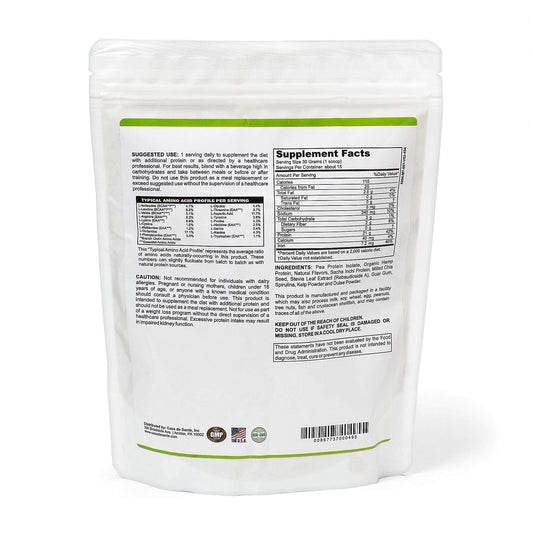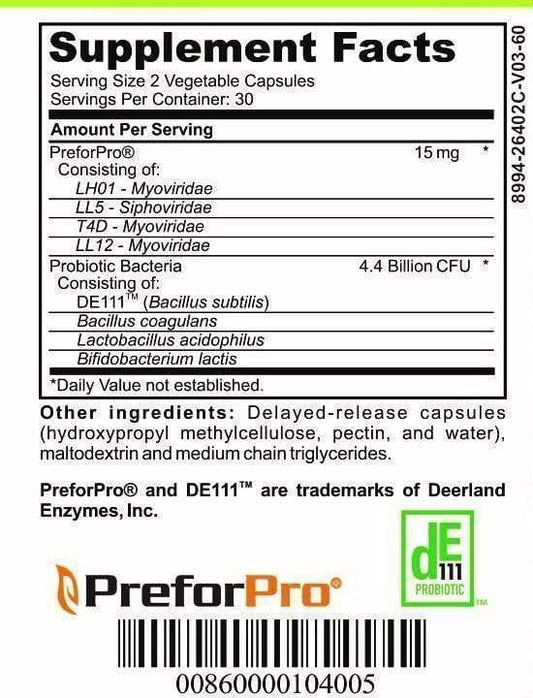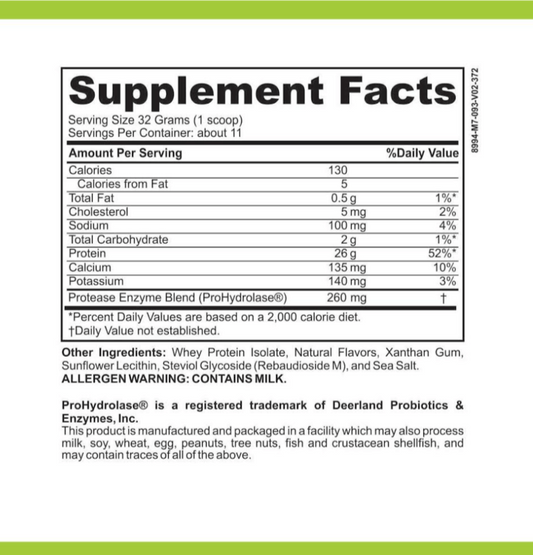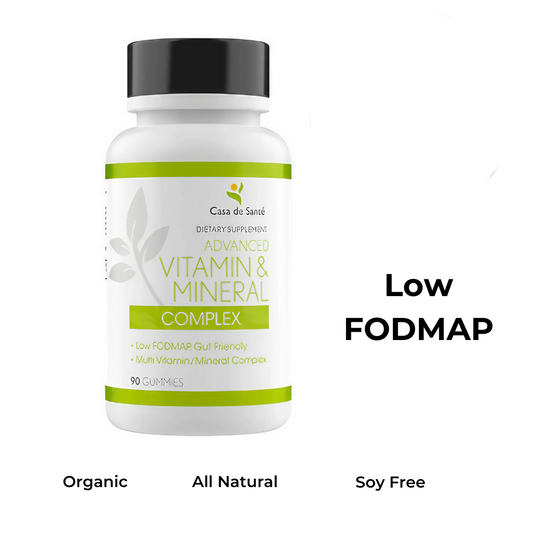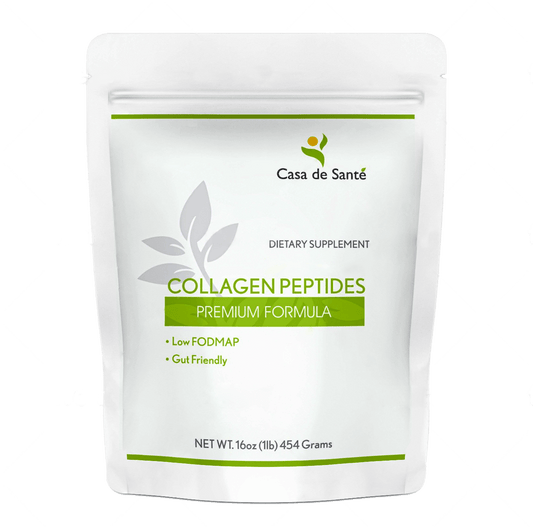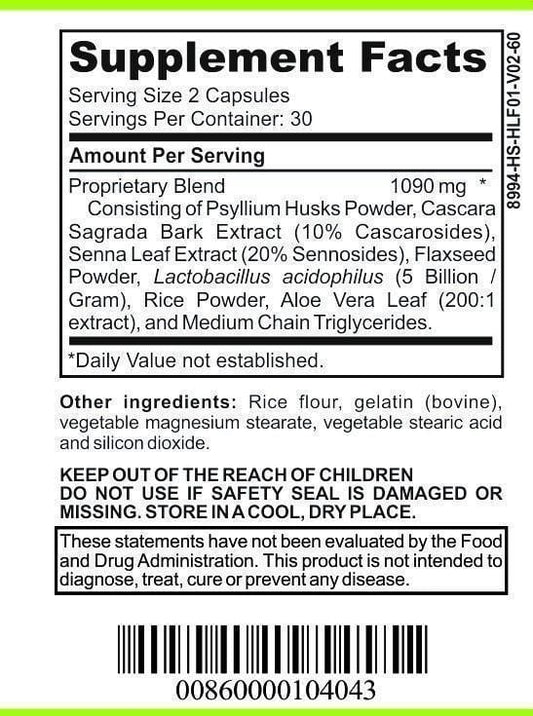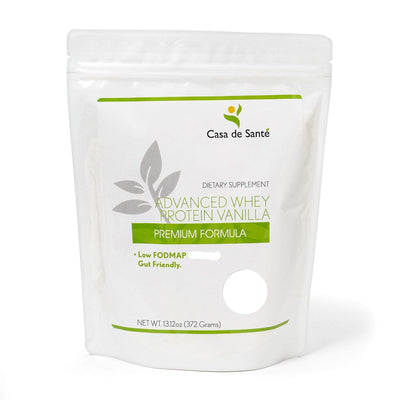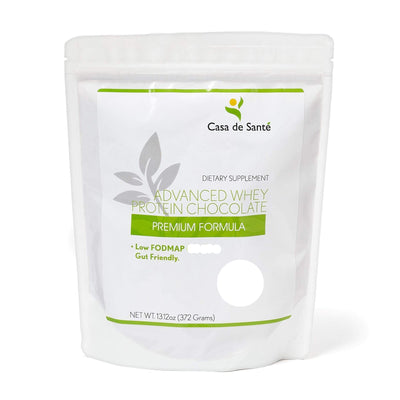What Bread Is Low FODMAP
What Bread Is Low FODMAP
Bread is a staple food enjoyed by many people around the world. However, for those following a low FODMAP (Fermentable Oligosaccharides, Disaccharides, Monosaccharides, and Polyols) diet, not all breads are suitable. In this article, we will explore what FODMAPs are, why a low FODMAP diet is important, the connection between bread and FODMAPs, different types of low FODMAP breads available, how to make your own low FODMAP bread, and how to incorporate low FODMAP bread into your diet.
Understanding FODMAPs
Before we delve into the world of low FODMAP bread, let's first understand what FODMAPs are. FODMAPs are a group of carbohydrates and sugar alcohols that are poorly absorbed by the small intestine. When these compounds reach the large intestine, they can ferment and cause symptoms such as bloating, gas, and abdominal pain in individuals with irritable bowel syndrome (IBS) or other digestive disorders.
FODMAPs include a range of carbohydrates such as fructose, lactose, fructans, galactans, and polyols. They are found in various foods and can accumulate in the gut, triggering symptoms for individuals with sensitivities. Examples of high FODMAP foods include certain fruits, vegetables, dairy products, and grains.
Fructose, a type of FODMAP, is a naturally occurring sugar found in fruits, honey, and some sweeteners. Lactose, another type of FODMAP, is the sugar found in milk and dairy products. Fructans, which are chains of fructose molecules, can be found in wheat, onions, and garlic. Galactans, found in legumes like beans and lentils, are another type of FODMAP. Lastly, polyols are sugar alcohols that can be found in certain fruits and artificial sweeteners.
Why is it important to understand FODMAPs? For individuals with IBS or other gastrointestinal conditions characterized by digestive discomfort, following a low FODMAP diet can be beneficial. By avoiding high FODMAP foods, these individuals can potentially reduce symptoms and improve their quality of life. However, it is important to note that a low FODMAP diet should be followed under the guidance of a healthcare professional or registered dietitian to ensure proper nutrition and individualized recommendations.
The Connection Between Bread and FODMAPs
Bread, being a common staple, is often a source of FODMAPs in many diets. Certain types of bread contain ingredients that are high in FODMAPs, such as wheat-based flours, honey, high-fructose corn syrup, and various additives. For individuals following a low FODMAP diet, it is crucial to identify bread options that are low in FODMAPs to avoid triggering symptoms.
How Bread Can Affect Your Gut Health
The impact of bread on gut health can vary depending on the individual's tolerance to FODMAPs. For individuals with Irritable Bowel Syndrome (IBS) or other digestive disorders, consuming breads high in FODMAPs can lead to discomfort and digestive symptoms. These symptoms may include bloating, gas, abdominal pain, and changes in bowel movements. By choosing low FODMAP bread options, individuals can enjoy bread without exacerbating their symptoms and maintain a healthier gut.
When bread high in FODMAPs is consumed, the FODMAPs can ferment in the gut, leading to the production of gas and causing bloating. The fermentation process can also result in an increase in water content in the intestines, which can contribute to diarrhea in some individuals. Additionally, the presence of FODMAPs can alter the balance of gut bacteria, potentially leading to further digestive issues.
The Role of FODMAPs in Bread
FODMAPs can be present in bread ingredients such as wheat, rye, and barley. These grains contain fructans, a type of carbohydrate that is high in FODMAPs. Fructans are chains of fructose molecules that are not easily digested by the small intestine. Instead, they travel to the large intestine where they are fermented by gut bacteria, leading to the production of gas and other symptoms.
In addition to grains, certain sweeteners and additives commonly used in bread production can also contribute to the FODMAP content. Honey, for example, is high in fructose and should be avoided by individuals following a low FODMAP diet. High-fructose corn syrup, another commonly used sweetener, is also high in fructose and should be limited or eliminated from the diet.
It is important to read labels carefully and choose breads made with low FODMAP ingredients. Look for breads that are made with gluten-free flours, such as rice flour or oat flour, which are naturally low in FODMAPs. Additionally, sourdough bread, when made with a long fermentation process, can be lower in FODMAPs compared to other types of bread. This is because the fermentation process breaks down some of the FODMAPs, making it easier to digest.
When it comes to bread, it is essential for individuals following a low FODMAP diet to be mindful of their choices. By opting for breads that are low in FODMAPs, individuals can continue to enjoy this dietary staple without compromising their gut health. Experimenting with different types of bread and monitoring symptoms can help determine which options work best for each individual's unique needs.
Types of Low FODMAP Breads
Fortunately, there are several low FODMAP bread options available for those following a low FODMAP diet. These breads are carefully crafted to minimize the presence of high FODMAP ingredients and provide a suitable alternative for individuals with sensitivities. Here are a few examples:
Sourdough Bread: A Low FODMAP Option
Sourdough bread, made with a long fermentation process, can be a suitable choice for individuals on a low FODMAP diet. The fermentation process helps to break down FODMAPs, making sourdough bread easier to digest. However, it's important to choose sourdough bread made with low FODMAP flours and without any high FODMAP additives.
Not only is sourdough bread a potential low FODMAP option, but it also offers a unique flavor profile that many bread enthusiasts appreciate. The tangy and slightly acidic taste of sourdough bread comes from the lactic acid produced during fermentation. This distinctive flavor can enhance the overall enjoyment of a sandwich or toast.
Furthermore, sourdough bread has a chewy texture and a crispy crust, making it a delight to bite into. The combination of a soft interior and a crusty exterior adds an enjoyable contrast to each mouthful. Whether you're making a simple sandwich or indulging in a gourmet grilled cheese, sourdough bread can elevate your culinary experience.
Gluten-Free Bread and FODMAPs
Gluten-free bread is typically made without wheat, rye, and barley, which are high in FODMAPs. However, it is essential to check the label and ensure that gluten-free bread does not contain other high FODMAP ingredients such as honey or agave syrup. Opting for gluten-free breads made with low FODMAP flours like rice, tapioca, or corn can be a safe choice for individuals on a low FODMAP diet.
Aside from being low in FODMAPs, gluten-free bread offers a solution for individuals with gluten intolerances or celiac disease. By eliminating gluten, which is a protein found in wheat and other grains, gluten-free bread provides a suitable alternative for those who need to avoid gluten for medical reasons.
Moreover, the availability of gluten-free bread has expanded in recent years, with various brands offering a wide range of flavors and textures. From hearty multigrain to light and fluffy white bread, there are options to suit different preferences and dietary needs. With gluten-free bread, individuals on a low FODMAP diet can still enjoy their favorite sandwiches, French toast, or bread-based recipes.
Spelt Bread: An Ancient Grain Option
Spelt, an ancient grain, is a low FODMAP alternative to traditional wheat. Spelt bread can be a viable option for some individuals following a low FODMAP diet. However, individual tolerance levels may vary, and it is advisable to monitor symptoms after consumption.
Spelt has been cultivated for thousands of years and offers a distinct nutty flavor that sets it apart from regular wheat. This unique taste can add depth and complexity to various dishes. Whether you're enjoying a simple slice of spelt bread with butter or using it as a base for a gourmet sandwich, the flavor profile of spelt bread can be a delightful surprise for your taste buds.
In addition to its flavor, spelt bread also boasts a rich nutritional profile. It contains essential nutrients such as fiber, protein, and various vitamins and minerals. The fiber content in spelt bread can contribute to improved digestion and promote a healthy gut. Furthermore, the combination of protein and complex carbohydrates in spelt can provide sustained energy throughout the day.
It's worth noting that while spelt bread is low in FODMAPs, it does contain gluten. Therefore, individuals with gluten sensitivities or celiac disease should exercise caution and consider alternative options.
Making Your Own Low FODMAP Bread
If you enjoy baking or want to have more control over your bread ingredients, making your own low FODMAP bread can be a rewarding option. By using low FODMAP ingredients and following a dedicated recipe, you can create delicious bread that suits your dietary needs.
Ingredients for Low FODMAP Bread
When making low FODMAP bread, it is important to select ingredients that are low in FODMAPs. This often includes alternative flours such as oat, rice, or spelt flour, along with suitable binders like psyllium husk or chia seeds. By substituting high FODMAP ingredients with low FODMAP alternatives, you can create a bread that is gentle on your digestive system.
Step-by-Step Guide to Making Low FODMAP Bread
If you are new to bread baking, following a step-by-step guide can help ensure success. There are numerous low FODMAP bread recipes available online that provide detailed instructions on mixing, kneading, proofing, and baking your own low FODMAP bread. Experimenting with different recipes can help you find the perfect bread for your taste and dietary needs.
Incorporating Low FODMAP Bread into Your Diet
Now that you have learned about low FODMAP bread options and how to make your own, it's time to explore ways to incorporate it into your diet.
Delicious and Healthy Low FODMAP Bread Recipes
There are many creative recipes available that can help you enjoy delicious and healthy low FODMAP bread. From simple sandwiches to toast toppings, low FODMAP bread can be a versatile part of your meals. Consider pairing it with low FODMAP spreads, such as avocado, lactose-free cheeses, or low FODMAP marinara sauce for a satisfying and flavorful experience.
Tips for Eating Out on a Low FODMAP Diet
Eating out while following a low FODMAP diet can sometimes be challenging, but with a few tips and tricks, you can navigate menus effectively. When dining out, consider looking for restaurants that offer gluten-free or low FODMAP options. You can also communicate your dietary needs to the server or chef, who may be able to accommodate your requests.
In conclusion, bread can be a part of a low FODMAP diet, but it's important to choose breads that are low in FODMAPs or make your own using low FODMAP ingredients. By being mindful of your choices and following a diet that suits your specific needs, you can enjoy bread without causing digestive discomfort. Remember to consult with a healthcare professional or registered dietitian to ensure your diet meets all your nutritional requirements.


